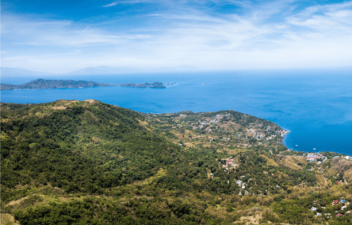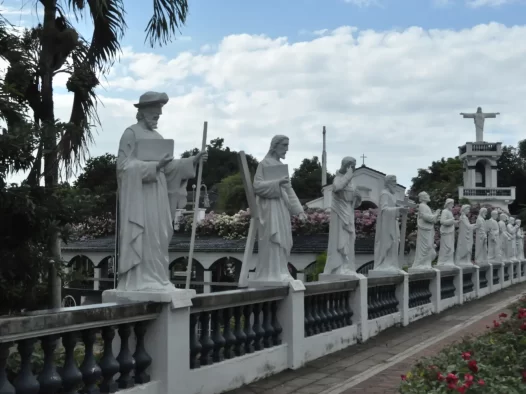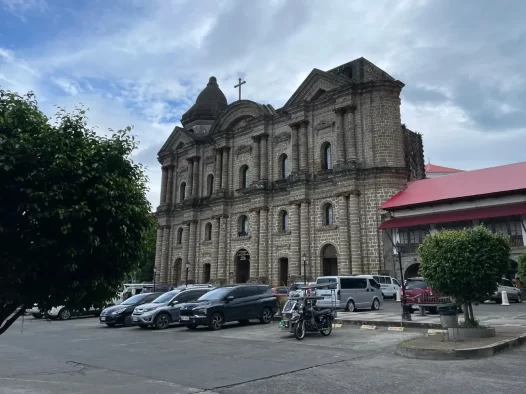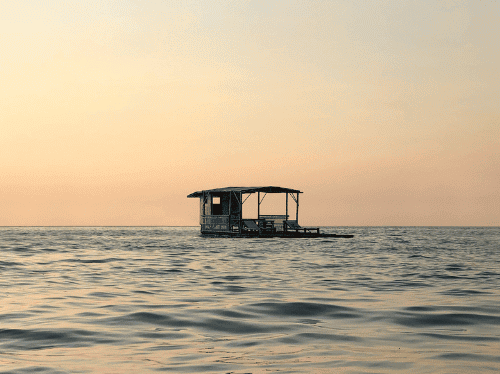Mabini
Mabini, a first-class coastal municipality, graces the southwestern part of Batangas Province, situated within the enchanting Region 4-A of the Philippines. The town finds its idyllic location on the stunning Calumpan Peninsula, a serene land where land and sea harmoniously meet to create a captivating natural spectacle. Situated a mere 19 kilometers west of Batangas City, the provincial capital, and approximately 140 kilometers south of Manila, the bustling metropolis, Mabini enjoys a strategic position that blends tranquility with accessibility.
With its pristine beaches and crystal-clear waters, Mabini entices travelers seeking a tropical paradise to indulge in sun-kissed days and leisurely beachfront strolls. The coastal beauty of the municipality embraces its visitors in a warm embrace, inviting them to explore its diverse marine life and vibrant coral reefs. Snorkeling and diving enthusiasts are particularly drawn to the inviting waters, revealing a kaleidoscope of marine wonders beneath the surface.
As the sun sets over the horizon, casting a breathtaking spectacle of colors over the coastal landscape, Mabini takes on an enchanting ambiance, inviting visitors to savor the beauty of nature and the rich tapestry of experiences it has to offer. Whether one seeks tranquility, adventure, or a deeper connection to the cultural roots of the Philippines, Mabini stands as an alluring destination that promises unforgettable memories and an authentic glimpse into the wonders of Batangas Province.
History and Heritage
Dedicated to honoring the memory of the esteemed Philippine hero Apolinario Mabini, the municipality stands as a testament to his invaluable contributions to the nation’s history. Captain Francisco Castillo, with a vision of establishing a distinct town, laid the foundation for this municipality on January 1, 1918, effectively separating it from Bauan.
Apolinario Mabini’s legacy reverberates throughout the Philippines, as he remains etched in the annals of the nation’s history as the first Prime Minister and a vital figure in the country’s revolutionary journey towards independence. His unwavering dedication to the cause and his profound impact during the revolution have earned him the adoration and respect of generations of Filipinos.
Upon its inception in 1918, the municipality counted 11,925 residents, who formed the foundation of its vibrant community. Over the years, the town has likely experienced changes in population size and demographic makeup due to factors such as migration, urbanization, and natural population growth.
Climate
The rainy season starts on May and ends on November. When December comes, the people experienced a very cool dawn. The summer season on the month of January to the end of April.
If you prefer a hassle-free trip, you can rent a car or hire a private vehicle for more convenience and flexibility. Public transportation, such as buses and jeepneys, is also available and can be a more budget-friendly option.
Batangas: Where history, beauty, and resilience converge, creating a tapestry of captivating stories and unforgettable moments.
Kinulob Festival
The Kinulob Festival is a vibrant celebration that pays tribute to the invaluable contributions of poultry raisers in the town’s development. This cherished annual event showcases a unique culinary tradition of cooking whole chickens with banana leaves, deeply rooted in local heritage. Held during the last week of April, the festival unites the community in expressing gratitude and admiration for the poultry raisers’ efforts. It serves as a platform to highlight their skills, knowledge, and unwavering dedication, which not only contribute to the town’s growth and prosperity but also preserve the rich culinary traditions that define the region.



Local Attractions
Batangas in the Philippines offers a range of local attractions that cater to various interests. These are just a few of the attractions you can explore in Batangas. Whether you’re interested in history, nature, or relaxation, the city offers something for everyone.
Getting Around
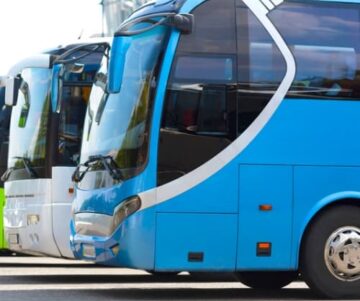
Buses
Buses provide transportation for longer distances, connecting Batangas with other regions and provinces. These buses have designated terminals and offer a more comfortable option for longer journeys.

Jeepneys
Jeepneys are a staple mode of public transportation in the Philippines. They are colorful, elongated jeeps that can carry multiple passengers. Jeepneys follow specific routes and have fixed fares.
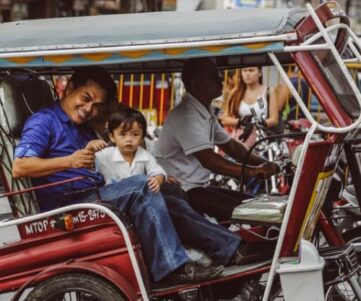
Tricycles
These motorized vehicles consist of a motorcycle with a sidecar, which can accommodate around 3 to 4 passengers. Tricycles are commonly used for short trips within the city, and fares are usually negotiable.
